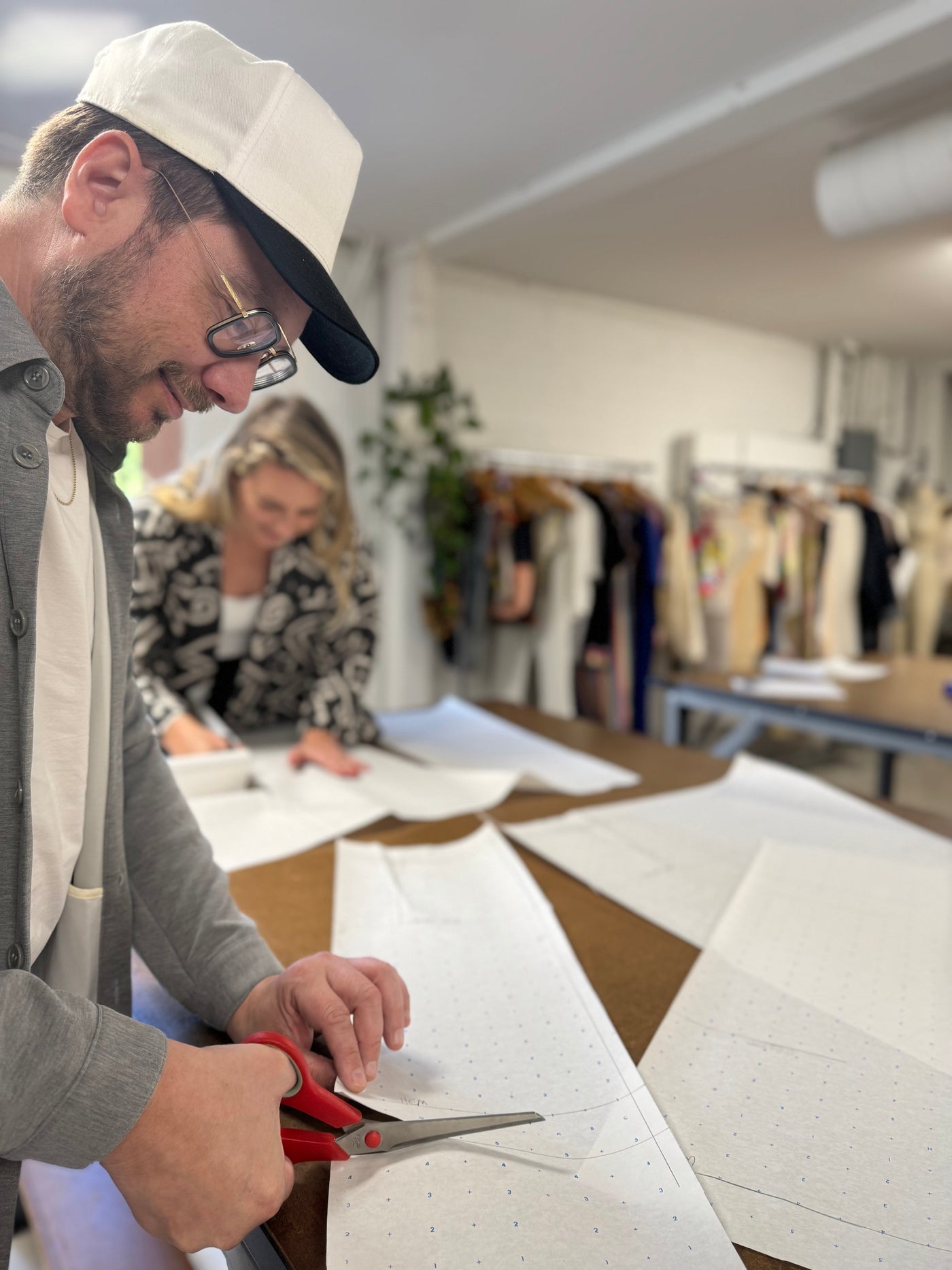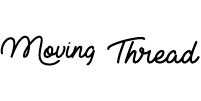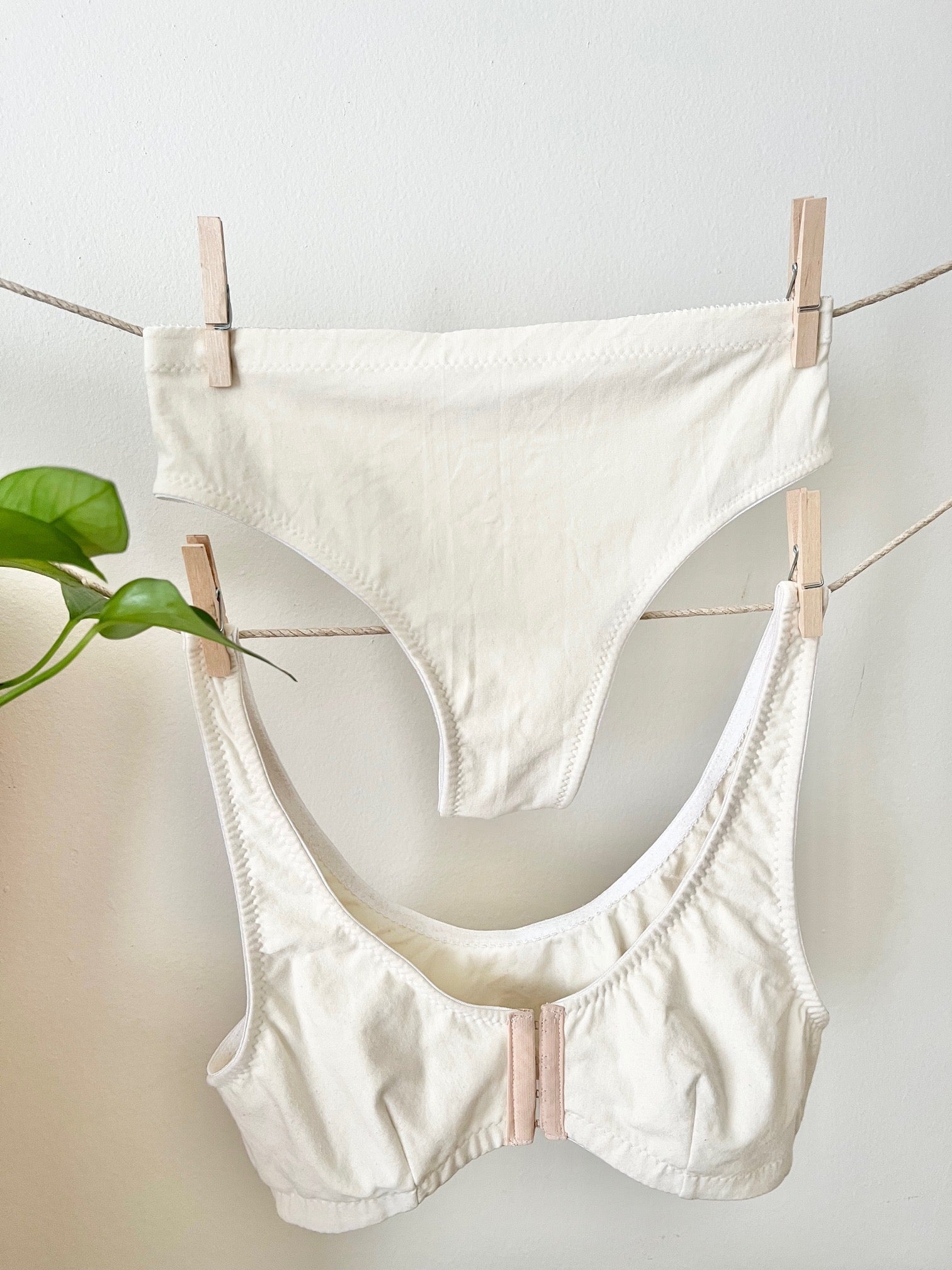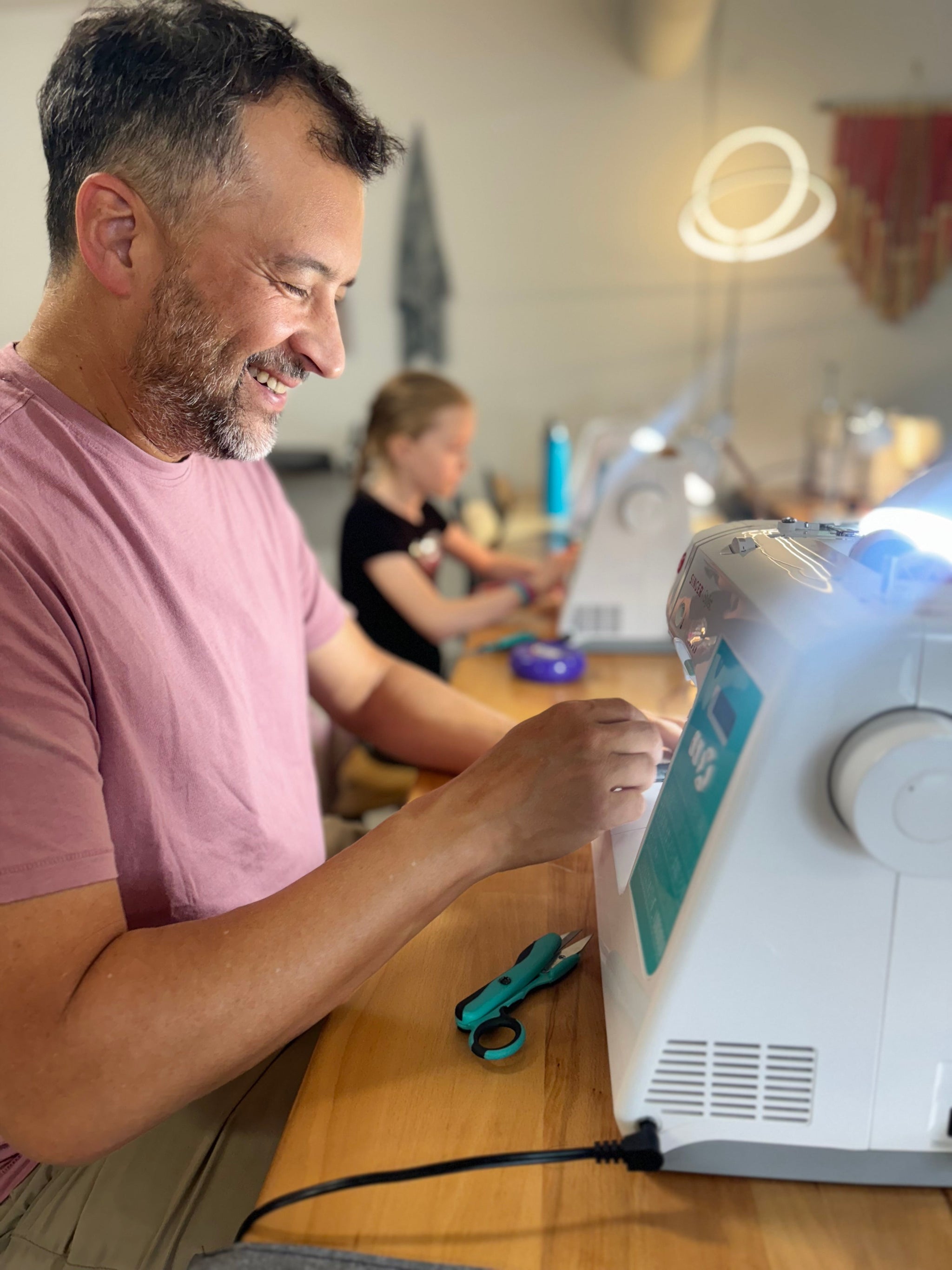
If you’ve ever searched for “beginner sewing class,” you probably saw dozens of options—some elegant studios, basement workshops, even tutorials at local community centers. But how do you find one that sticks, helps you grow, and feels fun? Here’s your guide — from defining your priorities to making sure you enjoy every stitch.
Why your first class matters
Your first few experiences set the tone. A great introduction builds confidence, not frustration. A poorly structured class with minimal support can discourage you before you even finish a seam. The right class gives you momentum, not roadblocks.
1. Clarify your goals and learning style
Before signing up, ask yourself:
-
Do you want to sew clothes, accessories, or just learn basics like hems and repairs?
-
Do you prefer hands-on work, watching demonstrations, or a mix?
-
Would you rather be in a small group or have some one-on-one time?
-
How much time and budget can you commit?
Knowing your preferences helps you weed out classes that don’t align.
2. Assess class structure and content
As you evaluate options, look for classes that:
-
Start with the fundamentals (threading machine, basic stitches)
-
Let you make a tangible project (pouch, tote, simple skirt)
-
Offer a clear progression or curriculum
-
Balance demonstration + hands-on work
-
Don’t expect you to bring everything — good beginner classes often supply tools and materials
3. Instructor quality is key
A skilled, patient instructor makes all the difference. They should:
-
Be willing to answer questions (even ones you think are silly)
-
Offer guidance when you mess up (which you will)
-
Help you understand why things behave a certain way (fabric stretch, seam allowance)
-
Encourage exploration and creativity, not just rigid instructions
Testimonials, bios, and sample videos can help you gauge this ahead of time.
4. Size, pacing, and attention
Smaller classes mean more instructor attention and fewer bottlenecks waiting for help. Also, check:
-
Student-to-instructor ratio
-
Class time (are you rushed or do you have breathing room?)
-
Opportunities for catch-up or makeup sessions if you miss one
5. Materials, machines, and support
For a smooth first experience:
-
The class should provide basic supplies (fabric, thread, notions) or give you a clear “starter kit” list
-
Machines should be in good working condition
-
There should be assistance for machine issues (jammed needle, tension problems)
-
A supportive community (peers, after-class help, Q&A) is a big plus
6. Pricing, cancellation, and logistics
Don’t overlook the logistical side:
-
Transparent pricing (no surprise supply fees)
-
Fair cancellation / refund policy
-
Location and schedule that fit your life
-
Easy communication (prompt responses to inquiries)
7. Trust your trial class feeling
If possible, take a single-session intro class before committing to a full series. Notice how you feel: excited? Supported? Frustrated? If it's positive overall, it’s a good sign you’ve found a match.
Why Moving Thread is (or strives to be) a great pick
At Moving Thread, we design our beginner sewing classes with care. You’ll find small groups, patient instructors, a clear progression from basics to garment construction, and all the materials you need. Beginners leave with a sense of accomplishment and motivation to keep creating.

Final thoughts
Choosing your first “beginner sewing class” isn’t just about convenience or cost. Pick something that supports you, challenges you gently, and makes the process joyful. Sewing can be deeply rewarding — your class should set the tone for many stitches to come.


